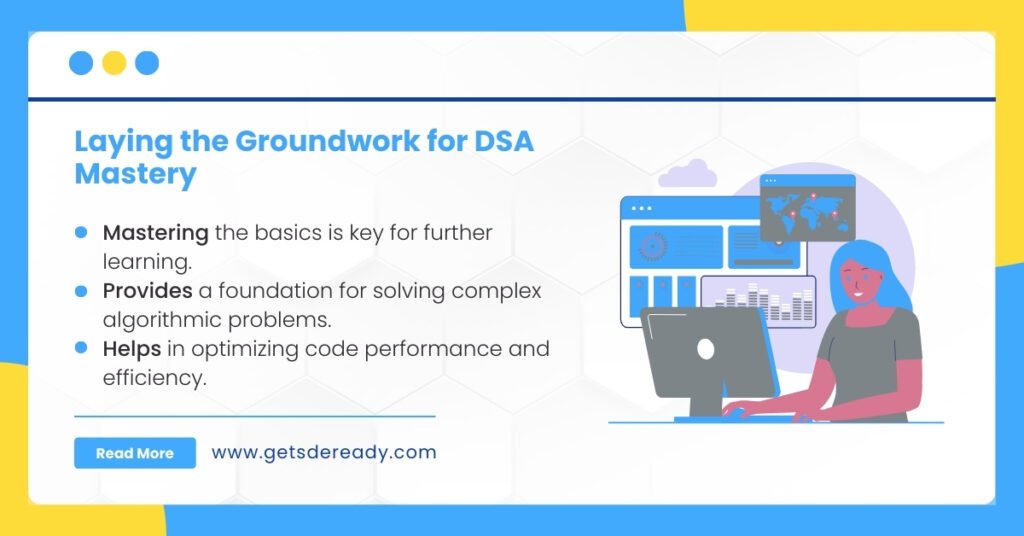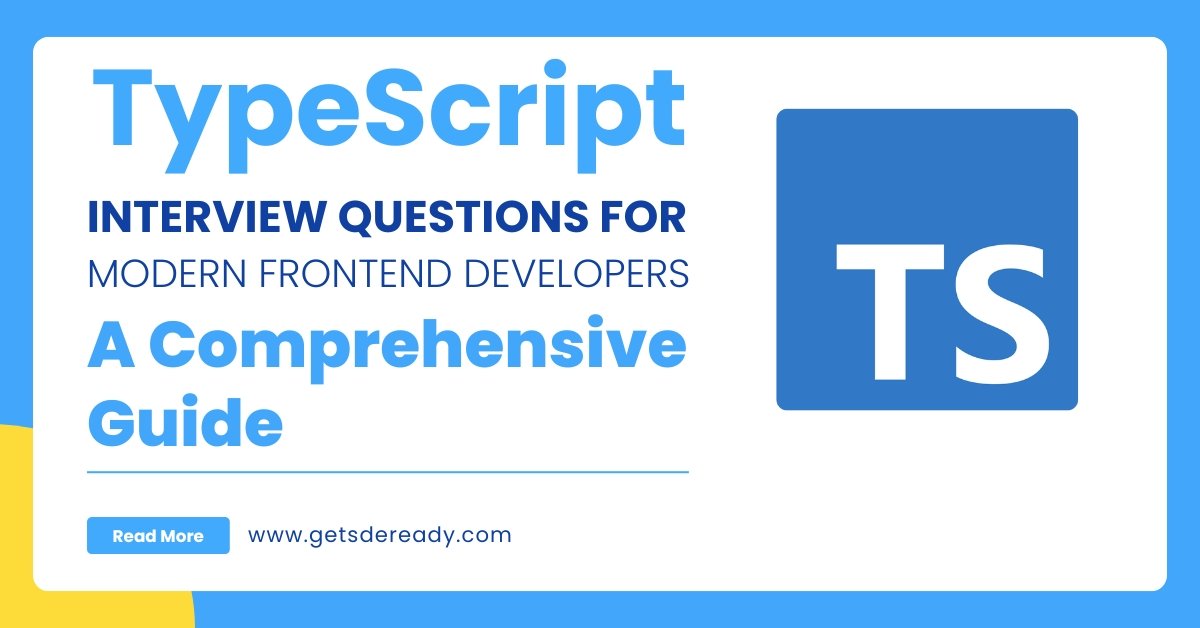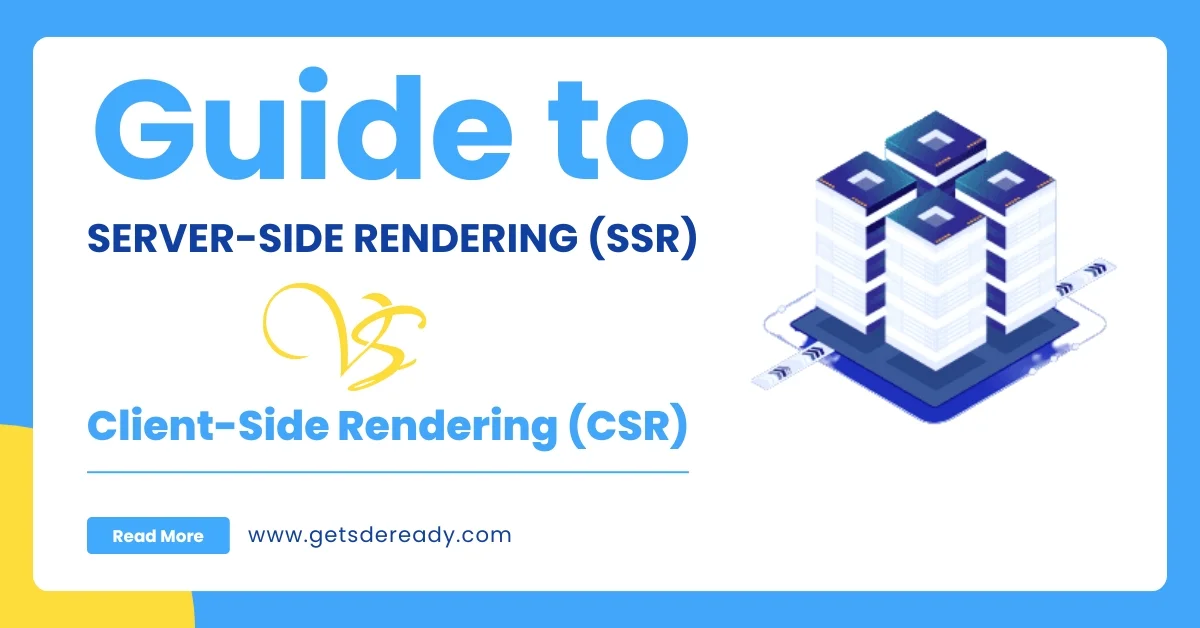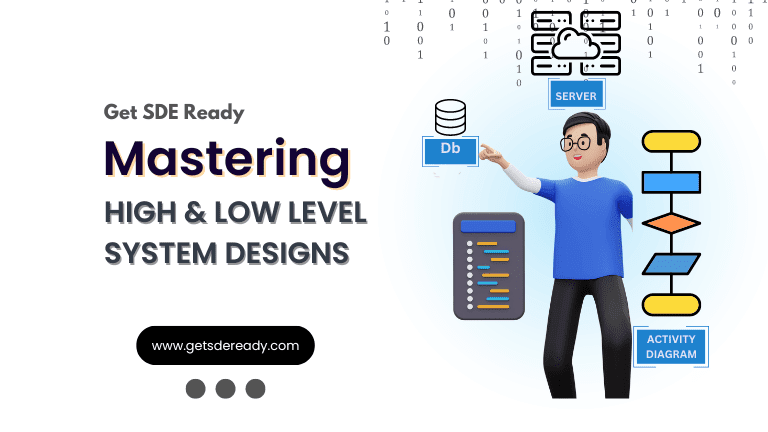
Mastering DSA and System Design for Aspiring Developers in 2025
In today’s competitive software industry, developers must excel in Data Structures and Algorithms (DSA) and System Design to succeed in technical interviews and career growth. This comprehensive guide provides actionable strategies, tips, and best practices to master these crucial skills and stand out in your journey as a developer.
Why Mastering DSA and System Design is Crucial for Developers
Mastering DSA and System Design is essential for problem-solving and building scalable, efficient software systems. These skills are highly valued by top tech companies during hiring processes.
Importance of DSA in Software Development
Data Structures and Algorithms form the backbone of efficient software. A strong grasp ensures better problem-solving capabilities and performance optimization.
- Enhances problem-solving skills in complex scenarios.
- Improves code efficiency and reduces computational overhead.
- Essential for tackling coding challenges in technical interviews.
Role of System Design in Building Scalable Applications
System Design focuses on creating robust, scalable, and maintainable architectures for software systems. It plays a vital role in developing applications that handle large-scale user demands.
- Enables efficient resource utilization and scalability.
- Improves system reliability and fault tolerance.
- Demonstrates advanced engineering skills in interviews.
According to a 2023 study by LinkedIn, 76% of software engineering roles prioritize strong DSA and System Design skills during hiring.
Foundations of DSA for Developers

Understanding the fundamentals of DSA is the first step to mastering this domain. Developers should focus on core concepts and implement them in practical scenarios.
Core Data Structures Every Developer Should Know
Familiarity with essential data structures is critical for solving algorithmic problems effectively.
- Arrays: Fundamental for sequential data storage.
- Linked Lists: Ideal for dynamic memory allocation.
- Stacks and Queues: Crucial for processing sequential tasks.
- Trees and Graphs: Key to hierarchical and networked data representations.
- Hash Tables: Efficient for quick lookups and caching.
Algorithms to Focus On
Developers should prioritize learning the most impactful algorithms to solve diverse problems.
- Sorting Algorithms: QuickSort, MergeSort, and Bubble Sort.
- Search Algorithms: Binary Search and Depth-First Search (DFS).
- Dynamic Programming: Optimal for solving problems like Knapsack or Longest Subsequence.
- Greedy Algorithms: Effective for resource optimization problems.
- Backtracking: Essential for solving constraint-based challenges.
Recommended Topic: Top 15 Python ML Interview Questions
Tools and Platforms for Practicing DSA
Regular practice on reliable platforms enhances your proficiency and confidence.
Platform | Features |
LeetCode | Coding challenges with explanations. |
HackerRank | Competitions and skill-building tasks. |
Codeforces | Focuses on competitive programming. |
GeeksforGeeks | Comprehensive DSA resources. |
System Design: Building Robust Architectures
System Design is a key skill for developing scalable applications and passing advanced technical interviews. This section delves into its fundamental concepts.
Understanding the Basics of System Design
Begin with the core principles of designing scalable systems.
- Scalability: Design systems to handle increasing workloads.
- Reliability: Ensure consistent system availability.
- Maintainability: Make systems easy to update and debug.
Key Components of System Design
Learn the building blocks of a well-designed system.
- Load Balancers: Distribute traffic efficiently.
- Caching Mechanisms: Reduce response time and database load.
- Database Sharding: Optimize storage and retrieval for large datasets.
- Microservices Architecture: Improve modularity and scalability.
“System Design is not just about writing code; it’s about creating a structure that can grow with the user base.” — Martin Fowler
Recommended Topic: Key System Design Questions for Tech Interviews
Step-by-Step Approach to Mastering DSA and System Design
Following a structured approach ensures consistent progress and success.
Setting Clear Goals
Define your learning objectives for better focus and motivation.
- Set specific milestones for topics like arrays or graph algorithms.
- Allocate daily or weekly time for consistent learning.
- Prioritize weak areas to strengthen your knowledge base.
Leveraging Resources
Use high-quality materials to maximize learning efficiency.
- Enroll in online courses like Coursera’s Algorithm Specialization.
- Read books such as “Introduction to Algorithms” by Cormen.
- Join forums or communities for peer learning and support.
Practicing Regularly
Consistency is key to mastering these skills.
- Solve coding challenges daily on platforms like CodeChef.
- Participate in hackathons to apply your knowledge in real-time.
- Review your solutions to identify areas of improvement.
Recommended Topic: 10 Steps for a System Design Portfolio
Best Practices for Cracking Technical Interviews

Technical interviews test your theoretical and practical knowledge. Adhering to best practices increases your chances of success.
Preparing for DSA Interviews
Focus on common problem types and practice extensively.
- Review sorting and searching problems.
- Practice time complexity analysis for algorithms.
- Familiarize yourself with graph traversal techniques.
Common DSA Interview Topics | Suggested Preparation Time |
Arrays and Strings | 1 Week |
Trees and Graphs | 2 Weeks |
Dynamic Programming | 3 Weeks |
Preparing for System Design Interviews
Develop a strong understanding of system architecture principles.
- Study real-world case studies like YouTube’s architecture.
- Learn about cloud services like AWS and Azure.
- Focus on designing fault-tolerant systems.
Recommended Topic: Top 15 Facebook Low-Level Design Questions
Overcoming Challenges in DSA and System Design
Many developers face difficulties while mastering DSA and System Design. Identifying and addressing these challenges is crucial for growth.
Common Challenges
- Understanding Complex Concepts: Break down problems into smaller parts.
- Time Management: Balance learning with professional commitments.
- Applying Theoretical Knowledge: Practice real-world problems.
Tips to Overcome Challenges
- Use visualization tools to understand complex structures like trees.
- Set realistic timelines for mastering individual concepts.
- Work on open-source projects to gain practical experience.
Recommended Topic: Top 10 Google Software Engineering Questions
FAQs
What is DSA, and why is it important for developers?
Data Structures and Algorithms (DSA) are foundational concepts that help developers write optimized and efficient code. Mastering DSA improves problem-solving skills and is crucial for acing technical interviews. Learn DSA through our comprehensive DSA course.
How can I improve my System Design skills as a developer?
System Design helps developers architect scalable and reliable systems. Focus on understanding core principles like scalability, reliability, and performance. Our System Design course offers in-depth lessons on these concepts.
Do I need to master both DSA and System Design?
Yes, both DSA and System Design are essential for developers who want to build efficient applications and excel in technical interviews. Our combined DSA and System Design course is designed to help you master both fields.
What programming languages should I learn for DSA and System Design?
For DSA, it’s best to learn a language that is commonly used in technical interviews, such as Python, Java, or C++. System Design requires more focus on problem-solving and understanding architecture, so language proficiency matters less here. Start with our Web Development course for a solid foundation.
Where can I find a comprehensive course to master both DSA and System Design?
If you’re looking to excel in both DSA and System Design, our Master DSA, Web Dev & System Design course offers a complete learning path, combining all essential concepts to become a skilled developer.
Accelerate your Path to a Product based Career
Boost your career or get hired at top product-based companies by joining our expertly crafted courses. Gain practical skills and real-world knowledge to help you succeed.
Reach Out Now
If you have any queries, please fill out this form. We will surely reach out to you.
Contact Email
Reach us at the following email address.
Phone Number
You can reach us by phone as well.
+91-97737 28034
Our Location
Rohini, Sector-3, Delhi-110085








